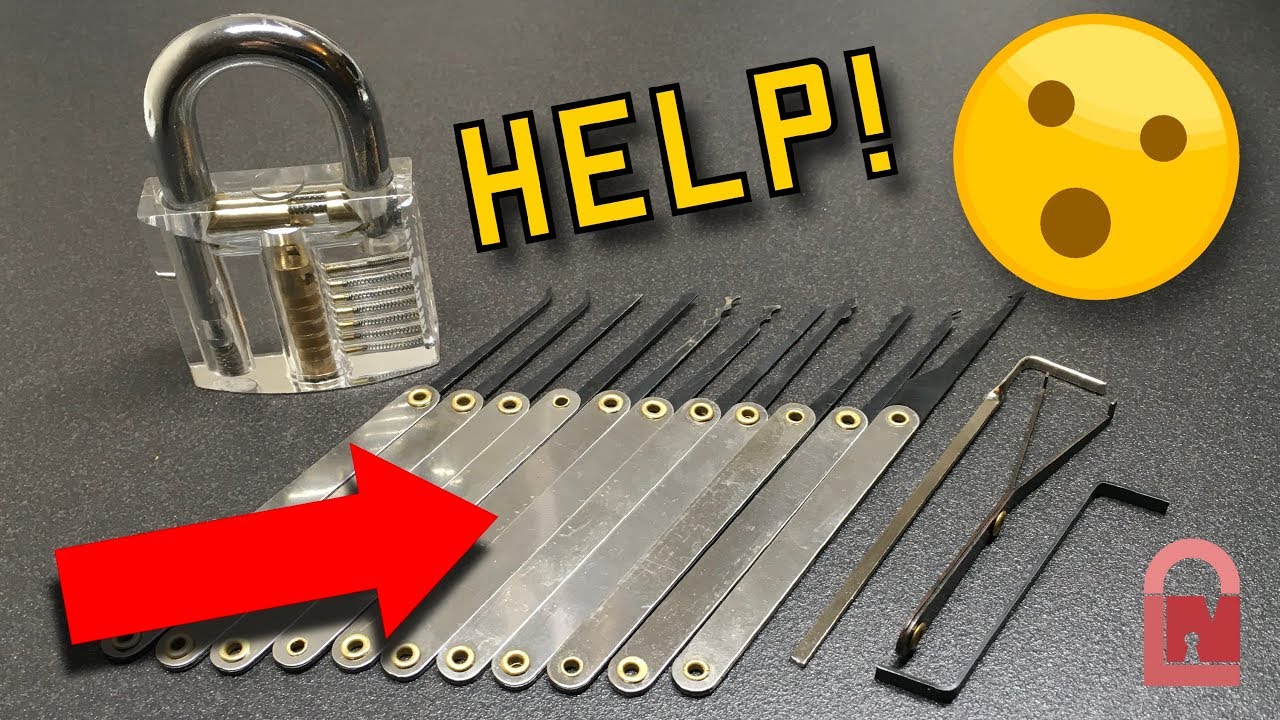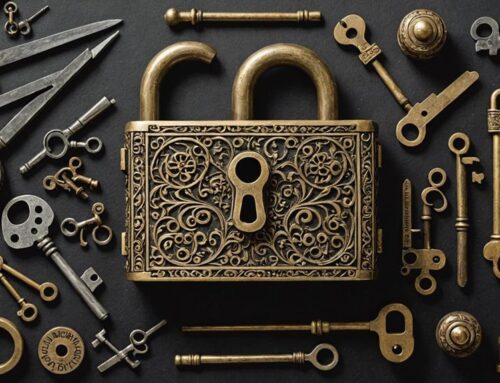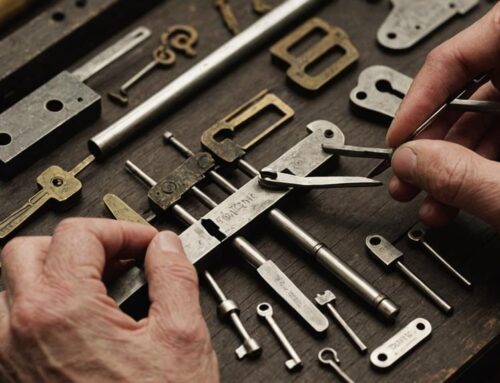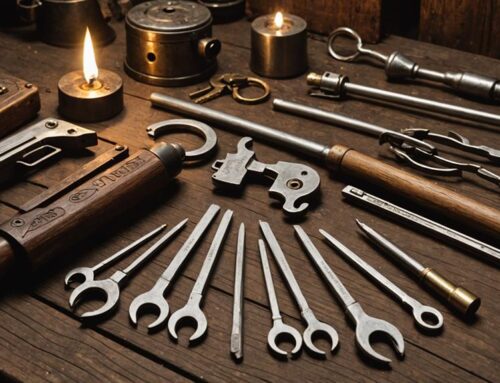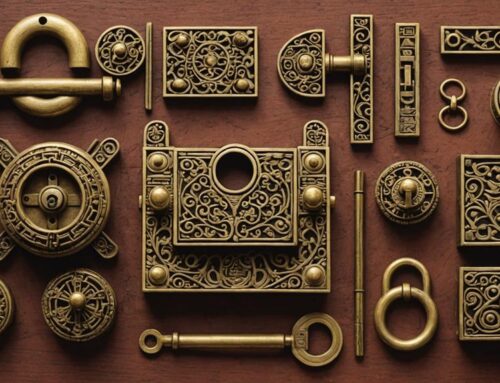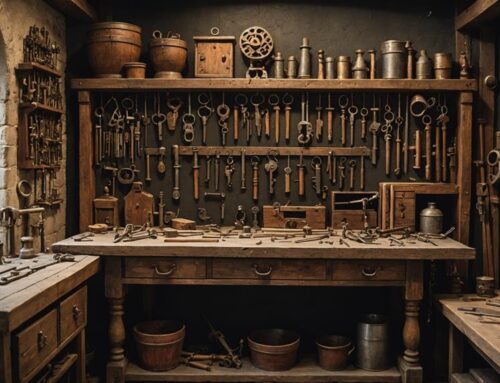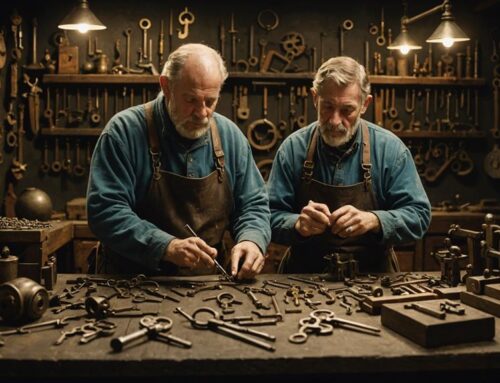You’ve misplaced your filing cabinet key, haven’t you? Those crucial documents are locked away, and you’re stuck. Don’t fret! This guide, penned by experienced locksmith Robert Vallelunga, is your ticket out. Picture the sigh of relief as you unlock your cabinet with no damage done. Ready to uncover a foolproof method using simple household items? Let’s dive into this lock-picking adventure! Remember, use this knowledge wisely; unauthorized lock-picking can land you in hot water.
Key Takeaways
- Picking the lock of a filing cabinet can be done using a paperclip or nail clipper file as a lock pick.
- Determining the correct unlock position requires turning the tool from left to right and feeling for the side that easily turns.
- To open the filing cabinet, pull on the handle once the keyhole is in the correct position.
- It is important to take your time, use light force, and avoid forcing or wiggling the tool to prevent damage.
Understanding the Basics of Lock-Picking
You’re just starting to grasp the basics of lock-picking, which can include using common items like paperclips or nail clippers to unlock a filing cabinet. It’s a skill that has its pros and cons. On the plus side, lock picking can be a lifesaver in situations where you’ve lost the key. However, it’s a skill that must be used responsibly, as it can lead to legal ramifications if misused.
Understanding different types of locks is crucial in mastering this skill. Some locks require a simple jiggle, while others demand a more nuanced approach. Precise hand movements and an intimate knowledge of the lock’s mechanism are critical. With practice, you’ll be unlocking not just filing cabinets, but an entire community that appreciates this unique skill.
Tools Required for the Filing Cabinet Hack
To successfully execute the filing cabinet hack, you’ll need tools like paperclips or nail clippers that can be manipulated to pick the lock. This skill has its pros and cons for personal use.
- Pro: It’s convenient when you’ve misplaced the key.
- Con: It could damage the lock if not done properly.
- Pro: It’s a useful skill to have for emergencies.
- Con: It might raise ethical issues if used for the wrong reasons.
- Pro: You’ll feel a sense of accomplishment mastering this skill.
The best places to purchase lock pick sets include local hardware stores, online marketplaces such as Amazon, or specialized locksmith sites like LockPickShop. Remember, belonging to a community means respecting the tools you’ve been given and using them responsibly.
Step-by-Step Guide to Unlocking a Filing Cabinet
In the process of unlocking a filing cabinet, you’ll need to carefully insert your chosen tool into the keyhole and gently jiggle it until you find the sweet spot that releases the locking mechanism. Understanding common lock types helps to ease this task. Remember, every lock has its unique quirks. You might be dealing with a pin tumbler lock, a disc tumbler lock, or even a tubular lock. Each requires a slightly different touch. Patience and practice are key here. If your initial efforts prove unsuccessful, don’t despair. There are alternative methods for unlocking cabinets. Consider using a tension wrench or a rake tool. With time, you’ll master this skill, becoming an integral part of our lock-picking community.
Determining the Correct Unlock Position
We’re now shifting focus to how you can determine the correct unlock position. This critical step often trips up beginners, leading to common mistakes. But with the right guidance, you’ll easily master it.
- Be patient. Rushing usually leads to misjudging the unlock position.
- Use your senses. You should feel a ‘give’ when you hit the correct spot.
- Don’t force it. If it’s not moving easily, it’s not the right position.
- Experiment with direction. Most locks turn right, but some may need to go left.
- Practice makes perfect. The more you do it, the better you’ll get.
As an alternative to lock picking, consider using a professional locksmith or exploring keyless security options for opening your filing cabinet. They offer a hassle-free solution and eliminate the potential for error.
How to Open the Unlocked Cabinet
You’ve got the lock-picking part down, now let’s tackle the final step: pulling the handle to open your unlocked filing cabinet. Even though it seems straightforward, there are common mistakes to avoid. Don’t yank the handle abruptly; it’s not about force, but finesse. Gently pull it, feeling for any resistance. If there’s a hitch, check the lock; it may not be fully disengaged.
If the handle refuses to budge, consider alternative methods. A gentle tap on the side of the cabinet sometimes loosens a sticky mechanism. If it’s an older model, apply a bit of lubricant to the track. Remember, patience and attention to detail are key. You’re not just opening a cabinet; you’re part of a community that values skill and finesse over brute force.
Essential Tips and Precautions for Lock-Picking
While you’re mastering the art of lock-picking, it’s crucial to remember that using too much force can damage the lock mechanism, so always handle your tools with care. Mistakes are common, but with careful attention, you can avoid them.
Here are some essential tips and precautions to bear in mind:
- Lock picking requires patience, don’t rush.
- Over-torquing is a common error; always apply gentle pressure.
- Remember, it’s illegal to pick locks that aren’t yours.
- A well-crafted pick set significantly improves your success rate.
- Practice makes perfect, so keep honing your skills.
About the Expert Lock-Picker
Robert Vallelunga, the expert lock-picker, has over 15 years of experience in the field, and he’s well-known for his foolproof filing cabinet hack. You’ve probably heard some misconceptions about lock picking; it’s not just for burglars. In fact, lock picking can be a valuable skill when you’re in a bind. But remember, the ethics of lock picking are crucial; it’s only acceptable to pick locks you own or have explicit permission to pick.
| Misconceptions | True Facts |
|---|---|
| Only for criminals | Valuable skill |
| Illegal | Ethical if owned or permitted |
It’s important to respect others’ privacy and belongings. In fact, Robert often emphasizes this in his discussions. It’s not just about the skill, it’s about the responsibility that comes with it.
Disclaimer and Legal Aspects of Lock-Picking
Before you start practicing lock-picking, it’s imperative to understand the legal consequences and disclaimers related to this skill. Even as a hobby or acquired skill, lock picking isn’t exempt from ethical considerations.
- In many places, owning lock picking tools without a locksmith license is illegal.
- Using your skills to open locks without permission, even out of curiosity, can lead to criminal charges.
- Purchasing and carrying lock picks raises questions about your intent, potentially drawing unwanted law enforcement attention.
- Practicing on locks that aren’t yours, even if unoccupied, is legally and ethically wrong.
- Remember, intent matters. Using lock picking techniques for legal, ethical purposes, such as a locksmith would, is acceptable.
Frequently Asked Questions
What Are Some Common Mistakes Beginners Make When Attempting to Pick a Lock?
As a beginner, you might overlook lock mechanism basics and essential tools. Common mistakes include forcing the pick, not understanding the lock’s mechanics, or lacking a proper toolkit. Patience and study are key.
How Did Robert Vallelunga Get Into the Locksmith Business and What Kind of Training Did He Undertake?
Inspired by a childhood fascination, Vallelunga entered the locksmith business. He underwent rigorous locksmith certification processes to hone his skills. Now, with over 15 years of experience, he’s a trusted expert in his field.
Are There Any Specific Brands or Types of Filing Cabinets That Are More Challenging to Pick?
You’ll find cabinets with complex lock mechanisms, like HON or FireKing, more challenging to pick. It’s not just about brand, but also security features. Comparatively, these brands offer superior protection against lock picking.
What Are the Potential Legal Consequences of Picking a Lock That Isn’t Your Own?
Ever thought about the legal implications of picking a lock that isn’t yours? Unauthorized access can lead to serious consequences, including criminal charges. It’s not just about skill, but respect for others’ property, isn’t it?
Can This Lock-Picking Method Be Used on Other Types of Locks Apart From Filing Cabinets?
Yes, you can apply this method to other locks, but remember lock picking ethics. It’s not just about filing cabinets. Use this knowledge for home security enhancements, not for unlawful activities. It’s about belonging and safety.

